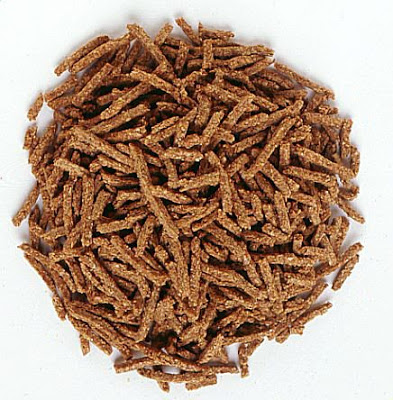Chronic kidney disease (CKD) is common, affecting an estimated 14% of people in Canada and USA. Diabetes and hypertension (high blood pressure) are responsible for about 60% of cases of CKD.
Unfortunately, kidney disease is often not detected until it has progressed to an advanced stage. One reason is because earlier stages don’t usually have any symptoms. By the time a person has symptoms of kidney disease, it is usually at stage 4 or 5 (see below).
These late-stage symptoms can include:
- swelling in ankles
- decreased mental sharpness
- feeling itchy
- muscle twitches and cramps
- fatigue and weakness
- loss of appetite
- nausea and vomiting
- urinating less
Screening for CKD should be done with BOTH a blood test to measure kidney function (called glomerular filtration rate or GFR, which is calculated from a blood test called creatinine), AND a urine test to check for protein (called urine albumin:creatinine ratio or ACR).
Even if GFR is normal, a persistent elevation in ACR also counts as having CKD. While blood testing for GFR is pretty routine, ACR isn’t checked often enough; this is another reason why CKD often goes undetected.
Chronic kidney disease (CKD) is divided into 5 stages.
- Stage 1 (GFR >90): none or slight
- Stage 2 (GFR 60-89): mild
- Stage 3 (GFR 30-59): moderate
- Stage 4 (GFR 15-29): severe
- Stage 5 (GFR <15): approaching failure
Think of GFR like percentage function. In other words, a person with a GFR of 42 has about 42% of normal kidney function.
I highly recommend this excellent kidney failure risk equation calculator , for you and/or your health care provider. This is an evidence-based tool, designed by Dr Navdeep Tangri and colleagues, and supported by the Can-SOLVE Chronic Kidney Disease network.
This calculator takes all of 10 seconds to run. All you need to know is your (or your patient’s) GFR and urine albumin:creatinine ratio (with the units of measure, selected from the drop down menu), and the calculator will tell you:
- your stage of kidney disease (stage 1-5)
- your risk of progressing to kidney failure (requiring dialysis or transplant) in the next 2 years
- your risk of progressing to kidney failure in the next 5 years
- how much good blood pressure control can reduce your risk
- how much an ACE inhibitor (pril) or ARB (sartan) can reduce your risk
- how much an SGLT2 inhibitor (gliflozin) can reduce your risk (if appropriate to consider, based on your GFR)
There is also a fantastic handbook for people with stage 3-5 chronic kidney disease, including:
- understanding how kidneys work
- what is chronic kidney disease (CKD)
- what causes CKD
- symptoms of CKD
- what you can do to reduce risk of CKD or CKD progression
- the importance of blood pressure control in CKD
- some medications to avoid if you have CKD
- nutrition suggestions for stage 4-5 CKD
- physical activity and CKD
Share this blog post using your favorite social media link below!
Follow me on twitter! @drsuepedersen
www.drsue.ca © 2022












